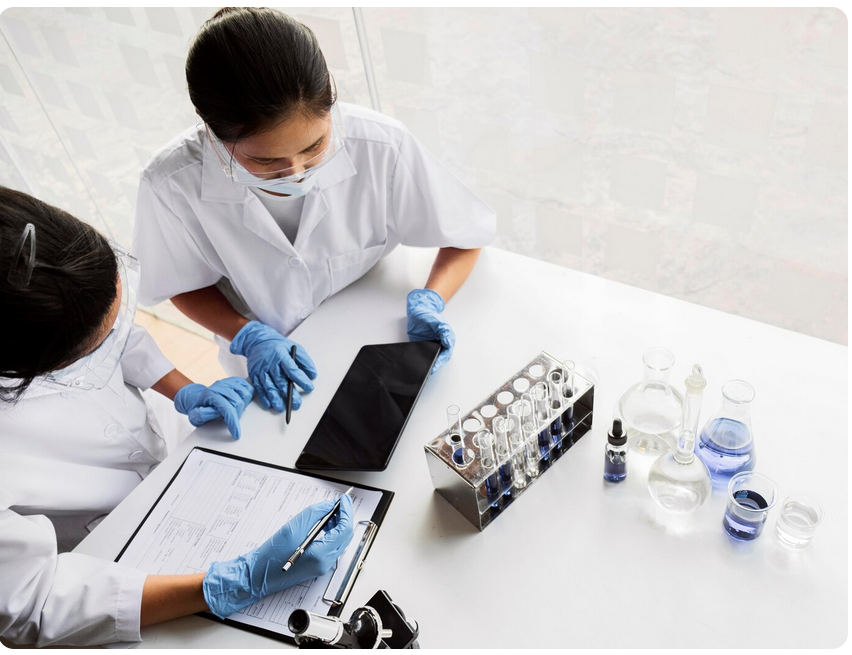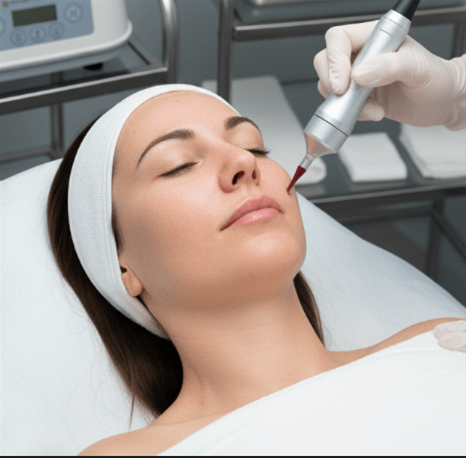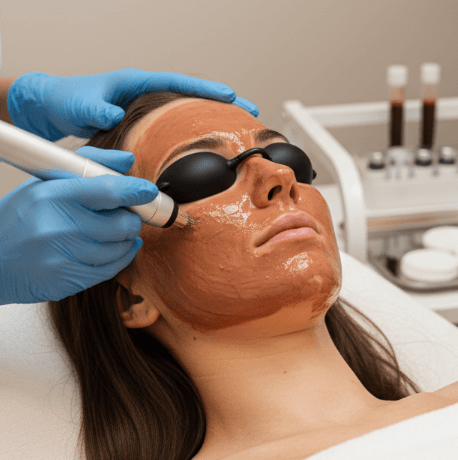Thinking about getting SMILE (Small Incision Lenticule Extraction) eye surgery? You’re not alone. When I first considered this innovative vision correction procedure, I had plenty of questions swirling in my mind. To help you on your journey, here are the top 5 questions I had before my SMILE surgery — and the answers my surgeon and research gave me.
1. Is SMILE Surgery Safe?
My Concern:
I worried about the safety of a relatively new laser eye surgery. Would it have risks or complications?
The Answer:
SMILE is FDA-approved and has been performed successfully worldwide for over a decade. Clinical studies show it is very safe with low complication rates. Because it’s minimally invasive — using a tiny incision rather than a large corneal flap like LASIK — it preserves more corneal tissue and reduces risks such as dry eyes and flap-related issues. Your surgeon will conduct thorough pre-op tests to ensure you’re a good candidate.
2. Will It Hurt?
My Concern:
I was nervous about pain during and after the procedure.
The Answer:
The procedure itself is virtually painless. Numbing eye drops ensure you won’t feel discomfort during surgery, which takes about 10-15 minutes per eye. Post-op, some patients experience mild irritation or a gritty sensation for a day or two, but this is manageable with prescribed eye drops. Most patients report the recovery is smooth and more comfortable than expected.
3. How Long Will It Take to See Clearly?
My Concern:
I wanted to know when I could expect good vision after SMILE. Would I have to wait days or weeks?
The Answer:
Many patients notice improved vision within 24 to 48 hours, with most achieving near-perfect clarity by the end of the first week. However, vision can continue to stabilize and sharpen over several weeks. Your surgeon will schedule follow-ups to monitor healing and ensure optimal outcomes.
4. What Are the Risks of Side Effects Like Dry Eyes or Glare?
My Concern:
I’d heard about dry eyes and night vision issues with LASIK and wondered if SMILE had the same problems.
The Answer:
SMILE tends to cause fewer dry eye symptoms compared to LASIK because it preserves more corneal nerves responsible for tear production. Some patients may still experience temporary dryness or mild halos/glare, but these symptoms usually resolve within a few weeks to months. Proper post-op care and eye drops help manage these side effects.
5. Am I a Good Candidate for SMILE?
My Concern:
I wasn’t sure if my prescription or eye health made me eligible for SMILE.
The Answer:
SMILE is primarily recommended for patients with moderate nearsightedness (-1.00 to -10.00 diopters) and astigmatism. However, not everyone qualifies—patients with very high prescriptions, thin corneas, or certain eye conditions may need alternative treatments. Your eye surgeon will perform a detailed evaluation, including corneal thickness measurements and topography, to determine if SMILE is right for you.
Bonus Question: What Does Recovery Look Like?
Answer:
Recovery from SMILE is quick. Most people return to normal activities in a couple of days, avoid strenuous exercise for about a week, and experience minimal discomfort. Clear vision improves rapidly, and follow-up visits ensure healing is on track.
Final Thoughts
Before getting SMILE, asking the right questions helped ease my worries and set realistic expectations. If you’re considering SMILE eye surgery, talk openly with your surgeon, research reputable clinics, and understand both benefits and risks. This will help you make a confident decision toward clearer vision and a glasses-free life.




